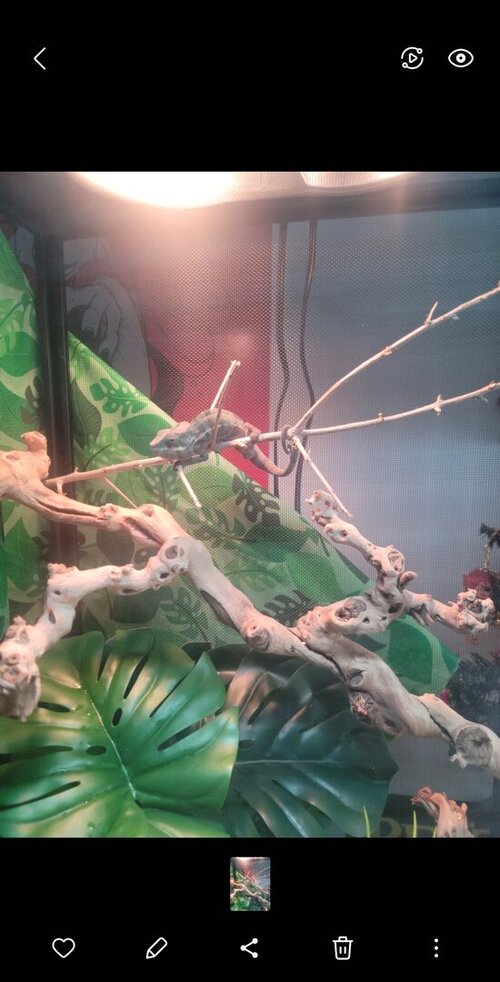ThatOneDisease
New Member
I'm very panicked right now- I was just going to get him some new, smaller hornworms. I'm a new Cham owner, he was gifted to me from a pet store(not petco, etc). The two hornworms I originally had were a bit to big for him and the store I've been buying my worms at said I could return them fof smaller ones.
However- As the guy was pulling out the old ones he said "yeah good thing you brought them, they were toxic." The ones that looked toxic definetly looked like they were? The ones I fed my Cham, Jax, didn't look like that but contamination can happen I'm sure- I called a vet that does take chams so I have a place I can go to do a fecal test and whatever else in case he has poison now I'm him from toxic hornworms- I'm very scared right now-
He hasn't shown signs of sickness I guess?? There's isn't many threads on here talking about hornworm toxicity. Please help-
However- As the guy was pulling out the old ones he said "yeah good thing you brought them, they were toxic." The ones that looked toxic definetly looked like they were? The ones I fed my Cham, Jax, didn't look like that but contamination can happen I'm sure- I called a vet that does take chams so I have a place I can go to do a fecal test and whatever else in case he has poison now I'm him from toxic hornworms- I'm very scared right now-
He hasn't shown signs of sickness I guess?? There's isn't many threads on here talking about hornworm toxicity. Please help-






